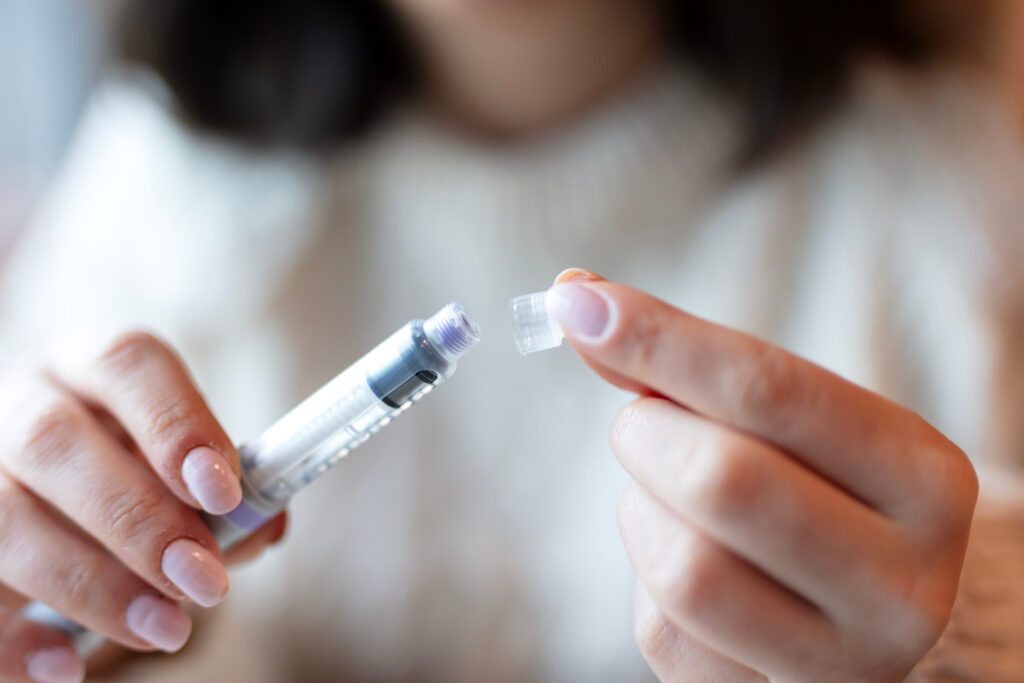The history of retail pharmacy compounding of prescriptions dates to the early 20th century. In the 1930s, approximately 75% of prescriptions required some form of in-pharmacy compounding. However, this practice has significantly declined over the years. By the 1950s, only 25% of prescriptions required compounding, and by 1970, only 1% of prescriptions needed compounding in retail pharmacies.1

Pharmacy compounding refers to the practice of preparing customized medications to meet specific patient needs when a commercially available product or formulation is unavailable. While compounding plays a crucial role in pharmacy, it is subject to various laws and regulations that ensure patient safety and quality control.
In the United States, compounding is primarily regulated by the Food and Drug Administration (FDA) and individual state boards of pharmacy. The FDA oversees compounding under the Drug Quality and Security Act (DQSA), which distinguishes between traditional compounding, exempt from certain FDA requirements, and non-traditional compounding, which requires compliance with more stringent regulations.
For example, the Pennsylvania State Board of Pharmacy regulates traditional compounding practices in pharmacies within the state. It defines compounding as the preparation, mixing, assembling, packaging, or labeling of a drug or device based on a prescription order or a practitioner’s authorization in accordance with section 503a of the Food, Drug, and Cosmetic Act. It specifically prohibits the preparation of drugs that are essentially copies of a commercially available product.2 This statement is impactful if pharmacies begin to compound prescriptions when a commercially available product is available. The FDA does maintain a list of bulk drug substances that may be used in compounding if it determines there is a clinical need, or the drug appears on the FDA’s drug shortage list.3

With the explosion of the use of GLP-1 medications for weight loss, patients have looked for ways to obtain these medications when they are not covered by their plan or when supply is not keeping up with demand. This has led to entities marketing compounded version of the weight loss GLP-1’s to patients using social media and web marketing tactics. Since GLP-1 medications are available as commercially manufactured products; compounding GLP-1 medications can pose legal risks due to potential violations of patent laws and FDA regulations. In June of 2023, Novo Nordisk, the manufacturer of Ozempic® and Wegovy®, filed multiple lawsuits against spas and clinics in four states alleging that they infringed on its trademarks, falsely advertised their products, and created unfair competition by marketing and selling unapproved compounded versions of their products.4

Additionally, there are safety and efficacy concerns associated with compounded injectable GLP-1 products, as they do not undergo the same level of testing and quality control as the commercially available versions. The FDA has received reports of compounders using salt forms of semaglutide that are different from the active ingredients used in the approved drugs. Furthermore, the FDA has received adverse event reports following the use of these compounded products by patients.5
How can Marsh McLennan Agency Help?
Marsh McLennan Agency’s team is here to help you evaluate and manage your pharmacy program. We are a trusted partner who can identify real opportunities for savings and help you make sense of your program, control your spend, and deliver savings to your organization. Learn more about how our Pharmacy Practice can provide end-to-end plan support to fit your organization’s needs.
This article was originally featured in our Rx Newsletter. Sign up to receive our quarterly newsletter emails.
Sources:
- “Pharmaceutical Compounding: A History, Regulatory Overview, and Systemic Review of Compounding Errors,” J Med Toxicol, accessed March 19, 2024, https://www.ncbi.nlm.nih.gov/pmc/articles/PMC7605468/
- “Compounding Regulations Finalized,” PA State Board of Pharmacy, accessed March 19, 2024, https://www.dos.pa.gov/ProfessionalLicensing/BoardsCommissions/Pharmacy/Documents/Applications%20and%20Forms/Non-Application%20Documents/PharmM%20-%20Compounding%20Regulations%20Finalized.pdf
- “503B Bulks Drug Substances List,” U.S. Food & Drug Administration, accessed March 19, 2024, https://www.fda.gov/drugs/human-drug-compounding/503b-bulks-drug-substances-list
- “Novo Nordisk sues spas and clinicals over Ozempic, Wegovy copycats,” Becker’s Hospital Review, accessed March 19, 2024, https://www.beckershospitalreview.com/legal-regulatory-issues/novo-nordisk-sues-spas-and-clinics-over-ozempic-wegovy-copycats.html
- “Medications Containing Semaglutide Marketed for Type 2 Diabetes or Weight Loss,” U.S. Food & Drug Administration, accessed March 19, 2024, https://www.fda.gov/drugs/postmarket-drug-safety-information-patients-and-providers/medications-containing-semaglutide-marketed-type-2-diabetes-or-weight-loss





